Gianfranco Lanci digs into the technology poised to transform our professional, social, and private lives over the coming year
BY GIANFRANCO LANCI
Life as we know it is in a state of transition. Everything around us is becoming smarter, from PCs to conference room systems to lightbulbs. As humans and societies, we are adapting and evolving the way we engage with our technologies—in the workplace and at home—for faster consumption, productivity, and connection. Many of the advances in technologies work towards a greater sense of good, improving our quality of life.
In 2019, limitless connectivity, full automation, and immersion into extended realities will inch closer than ever before, expanding horizons and shaping the ways in which humans harness smart technologies in the time of intelligent transformation. As we prepare to explore groundbreaking tech at MWC, let’s take a look at the powerful changes ahead.
TECH PREDICTION #1: Smart devices will meet core human needs
Smart spaces—whether physical or digital—are those wondrous environments where humans, devices, and systems interact in open, connected, and efficient ways. Whether a smart city, a digital workspace, or a smart home, these ecosystems are all on the rise.
So where are the gaps? Based on recent research, our user experience team uncovered that saving time, creating comfort, and enabling authentic human connections are what people value most in their technology. If a smart piece of technology doesn’t serve those core human needs, then users will be just as fast to abandon it as they are to adopt.
For consumers, that means a much less frustrating and time-consuming experience when setting up their smart home. Right now, people face devices from a slew of different manufacturers with little-to-no integration. The smart home category will continue to expand as advantageous solutions offer quick configuration, a painless user experience, and interoperability between devices and ecosystems. The adoption of PCs with smarter features like voice recognition, biometric authentication, and always-on connectivity, alongside an emerging category of smart displays that combine sight (touchscreen displays) with sound (voice assistants) will evolve the way we interact with technology and each other.
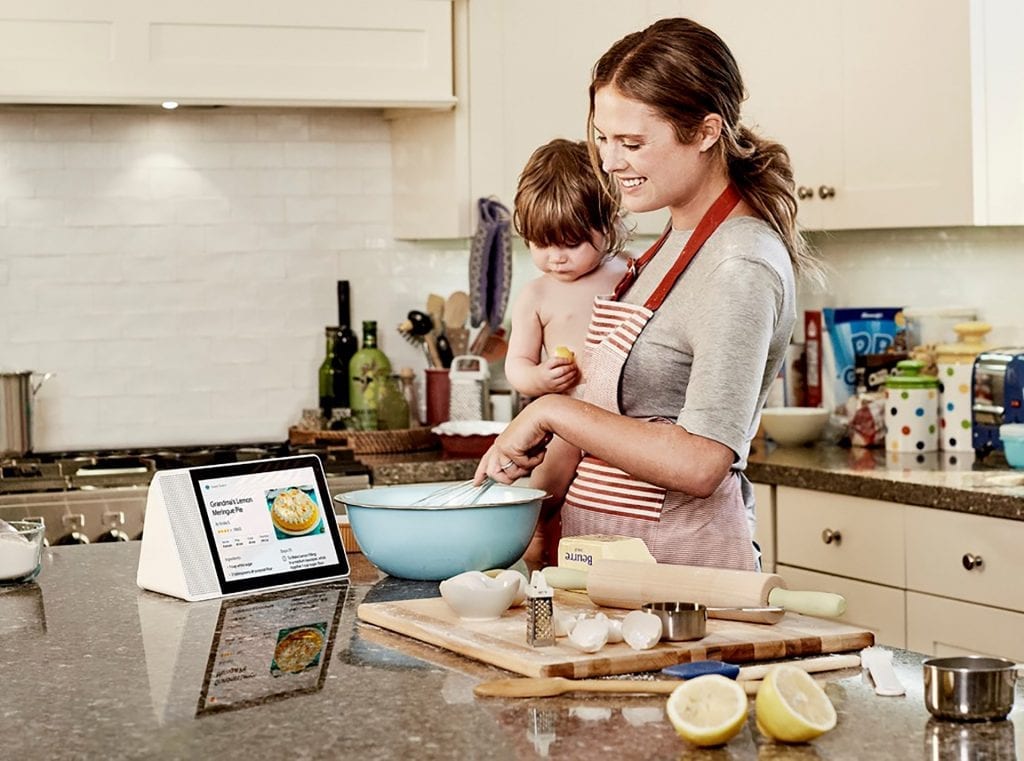
In the workplace, it is all about the employee experience—how tech, space, and culture merge. To attract and retain the best talent as well as drive innovative and profitable organizations, employers must recognize, respect, and accommodate the changes in how millennials and post-millennials work. Tech-enriched, assistive spaces that are configurable and flexible are certainly trending, but everyone still needs comfort and belonging.
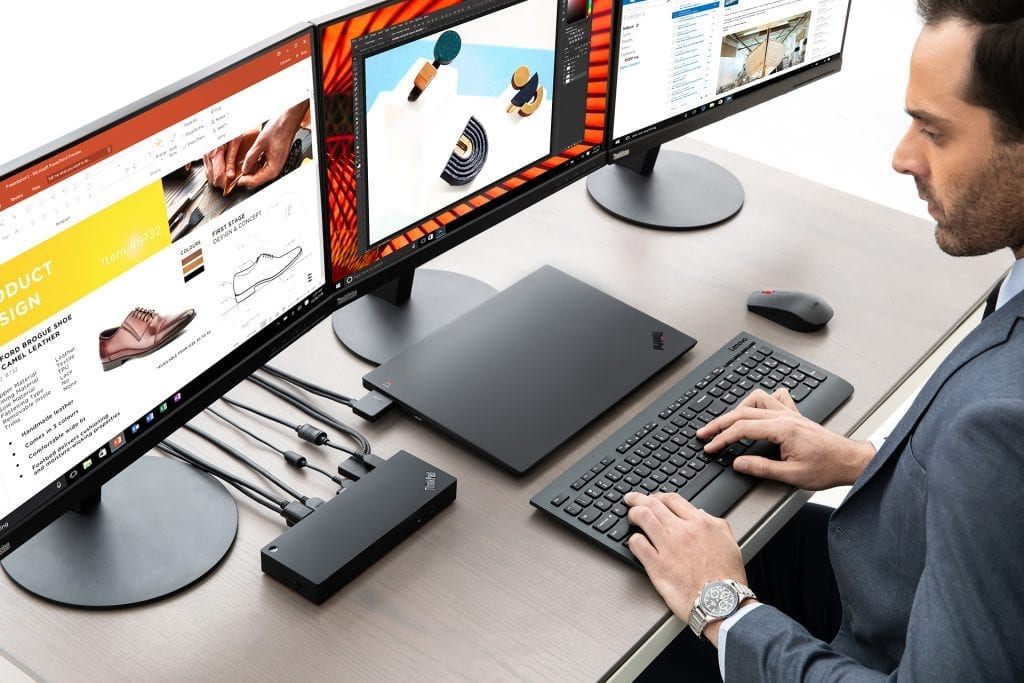
Forward-thinking organizations will start turning their attention to the concept of transitional, mobile engagement and spaces that foster greater collaboration and human connection—whether in hallways, cafeterias, or huddle rooms. These communal spaces require smarter, more democratic and agile tools for instant collaboration and co-creation, including smart meeting room solutions, interactive displays, and more. Furthermore, as the tech savvy Generation Z enters the workforce, they expect control over the types of technology available to them—favoring their own devices and platforms so much that they challenge the decision-making power of the IT department. To succeed in workplace transformation, we believe companies will elegantly balance those goals with inclusive cultural policies and personal touches that invite employees to new ways of working.
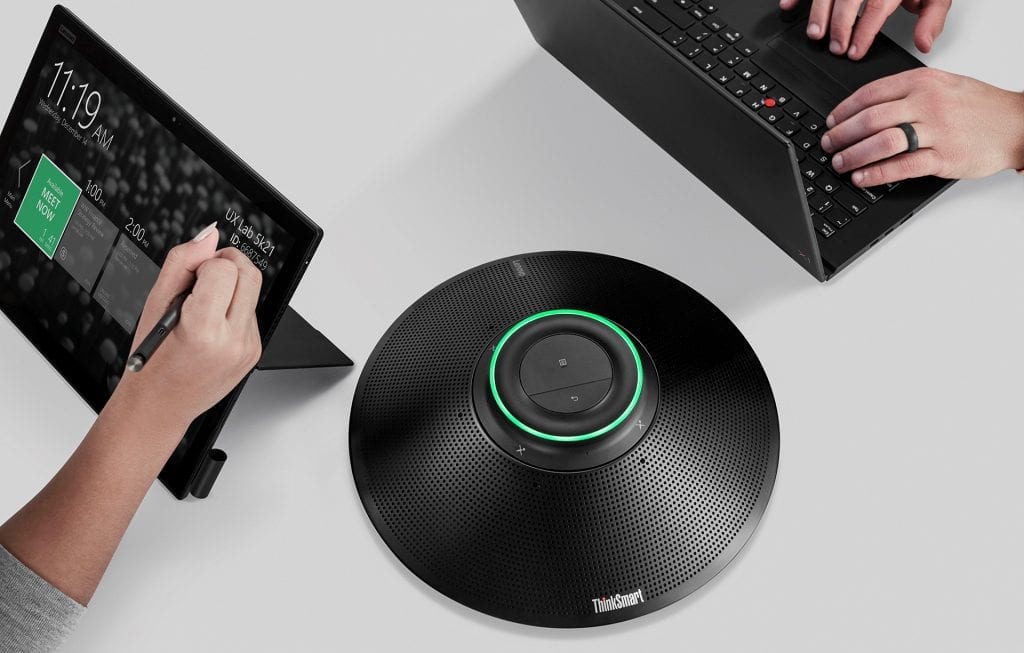
TECH PREDICTION #2: Life becomes happier, healthier, and faster
Internet of Things (IoT), artificial intelligence (AI), and augmented reality/virtual reality (AR/VR) are hot industry topics. Certainly, the promise of connectivity, automation and immersion is intriguing. The adoption of these intelligent offerings will continue to scale into different verticals from manufacturing to education, retail, and more in 2019. In fact, according to a recent Accenture study, 72 percent of health executives agree that extended reality will be widespread and impact virtually every industry over the next five years.
In the healthcare sector, for example, IoT and AI-enhanced applications have the capability to solve some of humanity’s greatest challenges. Examples include reducing emergency waiting room times, enabling remote health care and monitoring, increasing availability and accessibility of critical hardware, and even freeing doctors’ time through AI detection and diagnosis. In fact, according to a recent Market Research forecast, the IoT healthcare sector will continue to expand significantly, reaching US$163.24 billion by 2020, a 38 percent compound annual growth rate from 2015.
AR/VR has exciting future implications for the healthcare field, too. Already, patients can virtually visit a hospital prior to hospitalization or visualize procedures to reduce anxiety. VR can also provide hospitalized children with vital distraction through dynamic entertainment, meditation exercises, and therapeutic games.
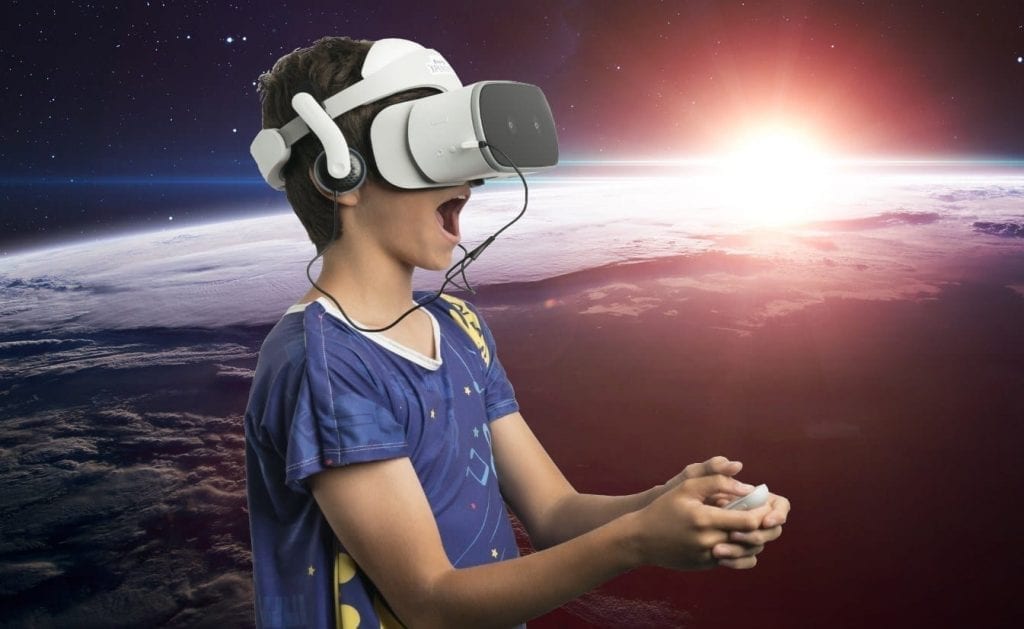
In the education space, VR in the classroom allows students to immerse themselves in experiences, like learning about wildlife on other continents through a virtual field trip or participating in RNA sequencing to identify a new gene in a virtual lab. For those students facing physical, social, or cognitive disabilities, VR creates an inclusive environment and potentially even levels the playing field. And the promise of virtual distance learning will invite students and teachers to create and distribute their own VR content.
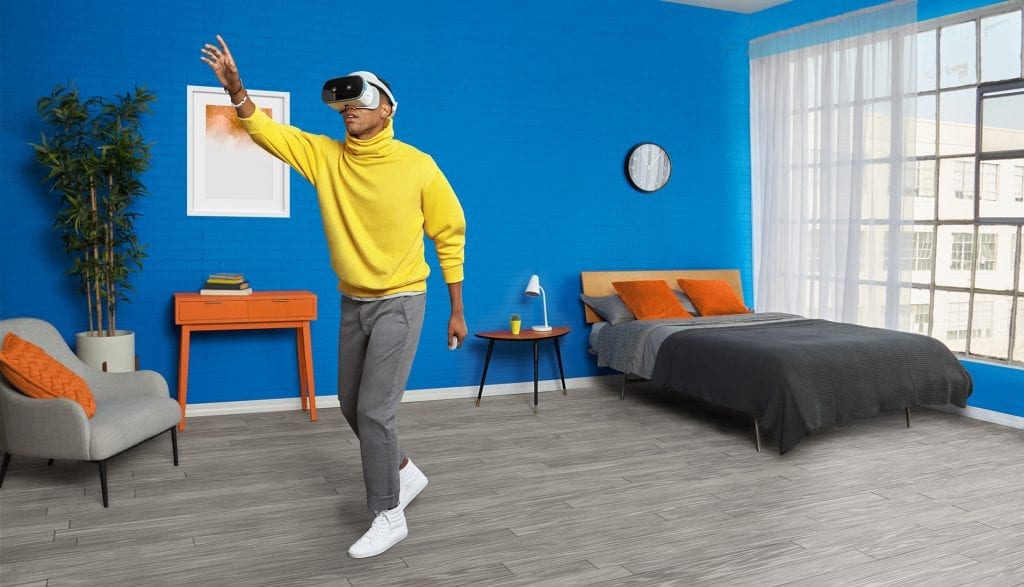
Retail is also transforming, with new ways to identify and engage customers early in the shopping experience and offer purchasing flexibility. The drive to unified commerce applications in retail is leading a revolution in transactional point-of-sale devices. These devices integrate with point-of-experience interfaces for customer loyalty programs and IoT offerings to enhance retail with new technology in real-time pricing, inventory management, and customer analytics.
As new advances and applications make their way into various verticals, expect to see accelerated adoption as technology costs come down and organizational and business outcomes improve.
TECH PREDICTION #3: AR moves from fun to function
The immersive technology market is quickly advancing; in fact, spending on AR and VR products and services is forecasted to reach $27 billion this year, a 92 percent year over year jump according to IDC. VR has already made its mark in gaming, journalism, filmmaking, education, sports, and music and is well established in training and data visualization.
The larger appetite will be around AR, already seen in consumer entertainment and the commercial space, enabling efficiencies in training, maintenance, and knowledge transfer. With the advent of 5G, the rich and meaningful capabilities of AR—real life enhanced with computer-generated imagery, remote assistance, object recognition, workflow builders, and other powerful content—will leap forward to transform businesses. For example, through AR, an office-based worker can assist a colleague on an offshore oilrig, watching what’s happening live through the glasses. With object recognition, AR glasses worn by an airplane mechanic working on a tarmac could connect to a remote server to automatically identify parts and pull up schematics. With new AR workflows and tools, a factory line worker on the first day can see step-by-step guidance to complement training.
Moreover, there will be a rise in demand for hardware/software agnostic solutions to address incompatibility between AR headsets and glasses with content and platforms. Content creators and hardware makers may converge to develop a more holistic and seamless hardware plus software solution for businesses. Expect to see AR gain momentum in the commercial space this year. In the near future, we may also see enterprises deploying AR and VR together through IT integration for even more benefits.
TECH PREDICTION #4: AI will enhance (and challenge) security
Humans may be the weakest link in security. The growth of mobility, BYOD, remote working and the gig economy have all contributed to security challenges companies face. Well-meaning employees who ignore—or don’t understand—security protocols can expose enterprises to considerable threats, financial loss, and reputational damage. Digital natives are accustomed to technologies that are more ‘intimate’ in terms of personal data access, but people of all ages can be guilty of prioritizing convenience over compliance.

AI has been touted as the pathway to protection; but as with many powerful tools, it can be used for good or for evil, as cyber criminals also favor AI platforms. We expect to see greater focus on machine learning to address security vulnerabilities, as well as more of a focus on end-to-end security solutions versus a patchwork collection of discrete tools. Companies and end users need to focus on four key areas to protect themselves: data, identity, online, and device. It’s critical to develop a holistic plan against threats in each of these spaces. The trend from two-factor to multi-factor authentication on personal devices, for example, will continue to grow as security industry bodies like the FIDO Alliance integrate with Windows Hello to enable safer authentication. The rise of interconnected smart devices in the home and office will also introduce security vulnerabilities. We need to learn from users through heuristics and new learning models addressing not just changes in technology but also changes in human behaviors. Companies will need to understand their multi-generational workforce to better manage and protect devices as well as develop strong security protocols and practices.
Offering a number of lifecycle and other benefits, DaaS (Device-as-a-Service) is a smart way to address security issues, particularly as they become increasingly complex and frequent due to the expanding mobile workforce. In response, companies will need to seek agile, customizable solutions and greater control of the device ecosystem. This is a growing trend: Almost 30% of CIOs who responded to a Gartner study in 2018 are considering DaaS as part of their device strategy in the next five years, and a recent IDC study shows total market value tripling between now and 2020. In the interim, we will need to solve inherent challenges. A recent report by IDC highlighted the issues organizations face when it comes to device lifecycle management, with over half admitting they could improve. Challenges include staying up to date, customization issues, and concerns over safely managing the influx of BYOD.
We face many opportunities and challenges this year, and Lenovo will continue to drive intelligent transformation for our customers and partners. Follow our MWC coverage to see the vision and innovation driving unprecedented changes in smart, connected technology.
